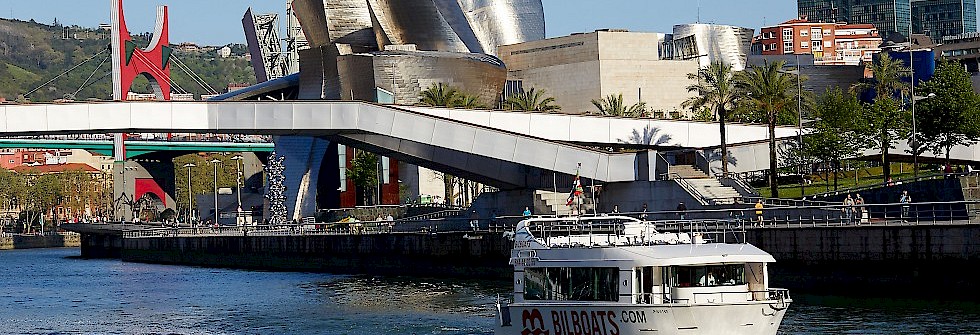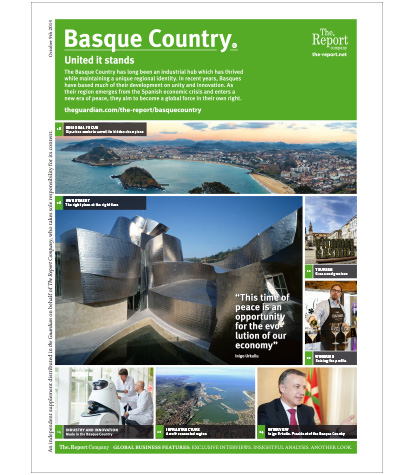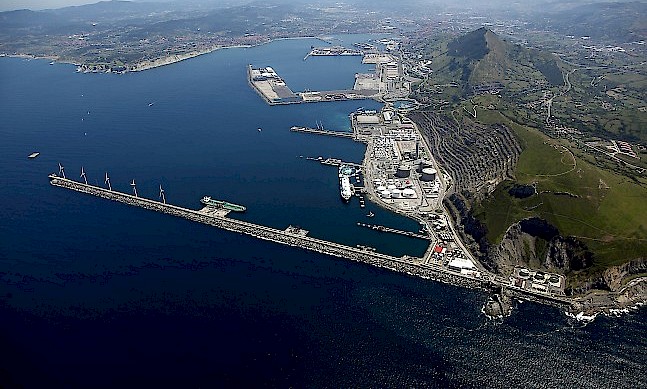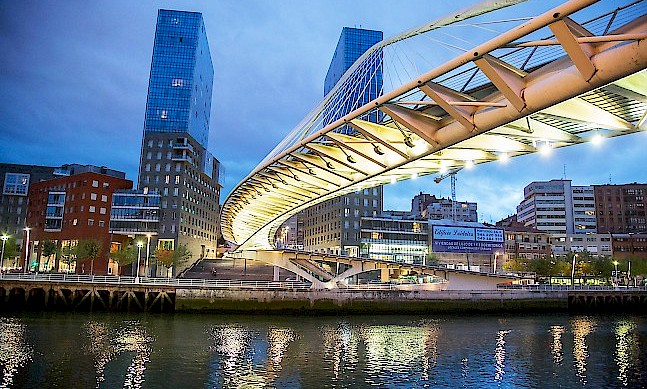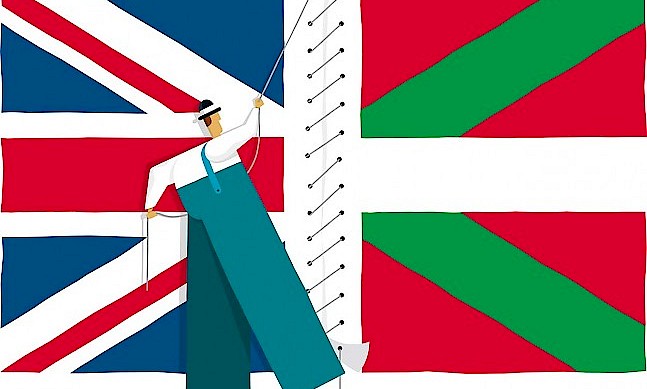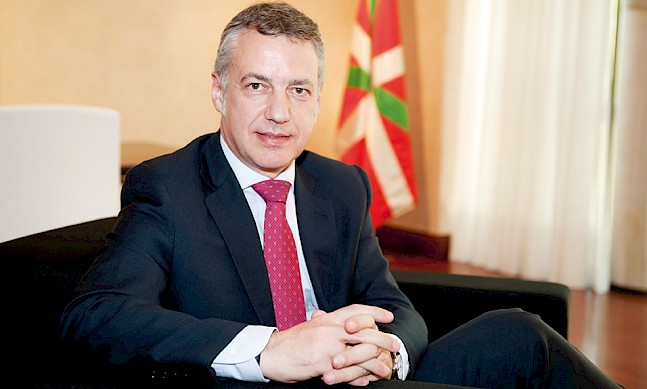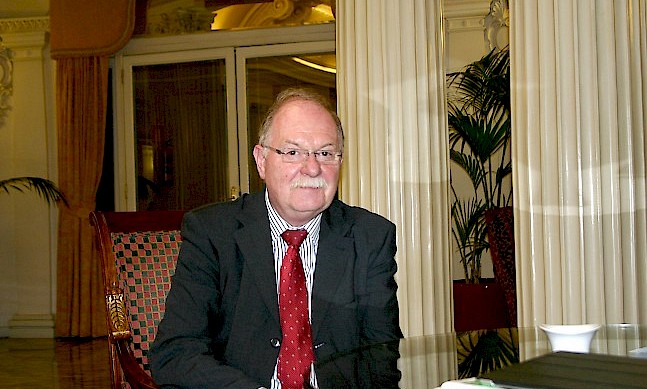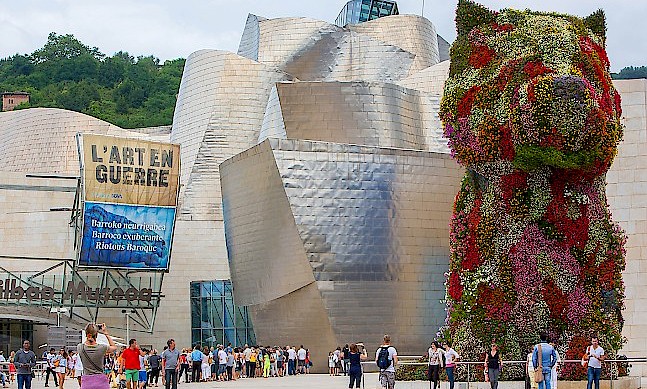Crisis-hit post-industrial Bilbao’s fortunes changed dramatically following the arrival of the Guggenheim Museum. Today, the museum has succeeded in breathing life back into the dying city and become an example of a modern approach to cultural and economic regeneration.
"The Guggenheim is like an alien in the middle of Bilbao,” says Alfonso Martinez, managing director of think-tank Bilbao Metropoli-30. “But Jeff Koons’ ‘Puppy’ flower sculpture, which sits outside, gives it meaning. It attracts children to the museum, and children are the drivers of innovation, because they are unafraid of change.” And it is this innovation which is today embodied by Frank Gehry’s rippling titanium structure on the bank of the river Nervion.
It was in 1991 that the Basque authorities, after several years of discourse around the region’s redevelopment, put forward the idea for the museum to the Solomon R. Guggenheim Foundation. Juan Ignacio Vidarte, managing director of the Guggenheim Museum Bilbao, remembers how it all started in what was then a city badly in need of a break. “Initially there was a lot of scepticism,” he recalls. “Bilbao was in a serious economic crisis because traditional industries were in decline. There were no previous examples of using cultural infrastructure as a driver of economic growth.”
“Initially there was scepticism. Nobody had used cultural infrastructure to drive economic growth.”
Juan Ignacio Vidarte Managing director of the Guggenheim museum
Tweet ThisBut six years later, in October 1997, the alien landed and, as Vidarte points out, it proved to the people of Bilbao that change did not necessarily have to be bad. “That approach is what helped rebuild people’s self-confidence.”
Bilbao’s mayor, Ibon Areso, freely admits that his city owes a lot to the Guggenheim. “It put us, a medium-sized city, on the world map.” He says that in its first year, the museum attracted 1.33 million visitors, three times more than had been expected. “The impact on the Basque region’s GDP in the first year of the museum being open was €144 million. It paid for itself in less than a year.”


